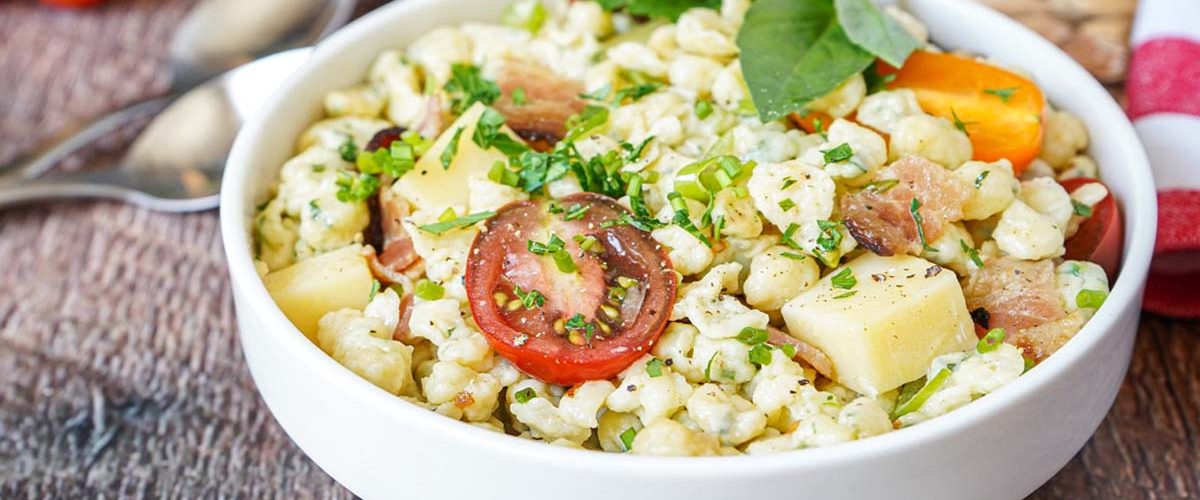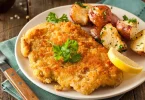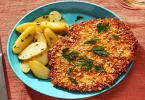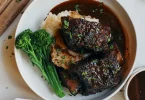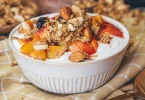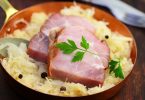Spaetzle Recipe – German Special
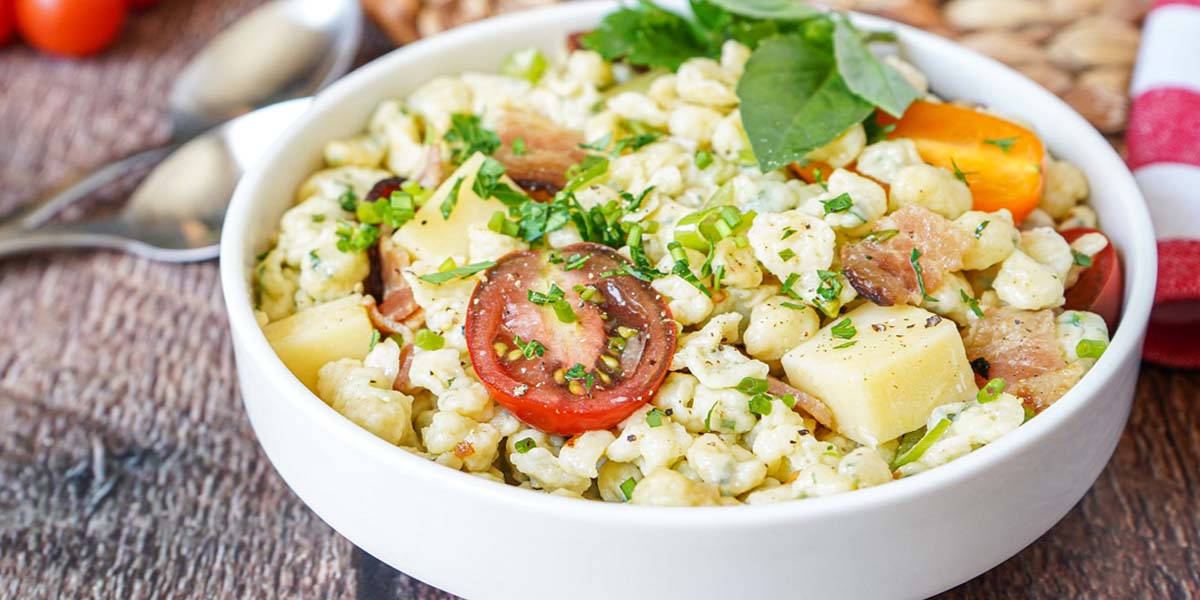
German spaetzle are rustic little egg noodles from southern Germany (Swabia), made with simple ingredients like flour, eggs, milk (or water), and a touch of salt. They’re beloved for their soft, chewy texture and ability to soak up rich sauces, gravies, or melted butter. Making spaetzle at home is surprisingly easy—using a spaetzle maker, grater, or even a colander, you drop batter into boiling water and cook until the noodles float. Whether served alongside schnitzel, stews, or sautéed with herbs and butter, these homemade German spaetzle bring warm comfort in every bite.
- Prep Time10 min
- Cook Time15 min
- Total Time25 min
Spaetzle Recipe Ingredients:
- 2 cups all-purpose flour
- 3 large eggs
- 1/2 cup water (adjust as needed)
- 1/2 teaspoon salt
- 1 tablespoon butter (optional, for serving)
- Freshly grated Parmesan cheese (optional, for serving)
Make the dough:
In a large bowl, combine the flour, eggs, salt, and water.
Stir until you get a thick, sticky batter.
You may need to add more water to achieve the desired consistency.
The dough should be smooth but thick enough to hold its shape.
Boil water:
Bring a large pot of salted water to a boil.
Form the Spaetzle:
Use a Spaetzle maker, colander with large holes, or a flat surface with a knife to drop spoonfuls of dough into the boiling water.
The dough will form into small, irregular dumplings.
Cook the Spaetzle:
Once the dumplings float to the surface, they are done.
This usually takes about 2-3 minutes.
Use a slotted spoon to remove them from the water.
Optional – Saute in butter:
In a skillet, melt butter over medium heat and saute the cooked Spaetzle for a few minutes until they are lightly golden and crispy on the edges.
Serve:
Serve hot, optionally topped with butter and grated Parmesan cheese or alongside your favorite meats or stews.
Recipe Notes:
Batter consistency: Aim for a batter that is thick and elastic—but not too stiff; adjust milk or flour until it drops slowly yet holds its shape.
Cooking time: Remove spaetzle from boiling water as soon as they float; overcooking makes them soft and losing their characteristic chew.
Serving variations: Toss with melted butter and fresh parsley, drizzle with browned butter, or bake into cheesy spaetzle (Käsespätzle) for richness.
Make-ahead & storage: Cooked spaetzle can be cooled, tossed with a little butter to prevent sticking, and refrigerated. Reheat in butter or a hot pan to revive texture.

